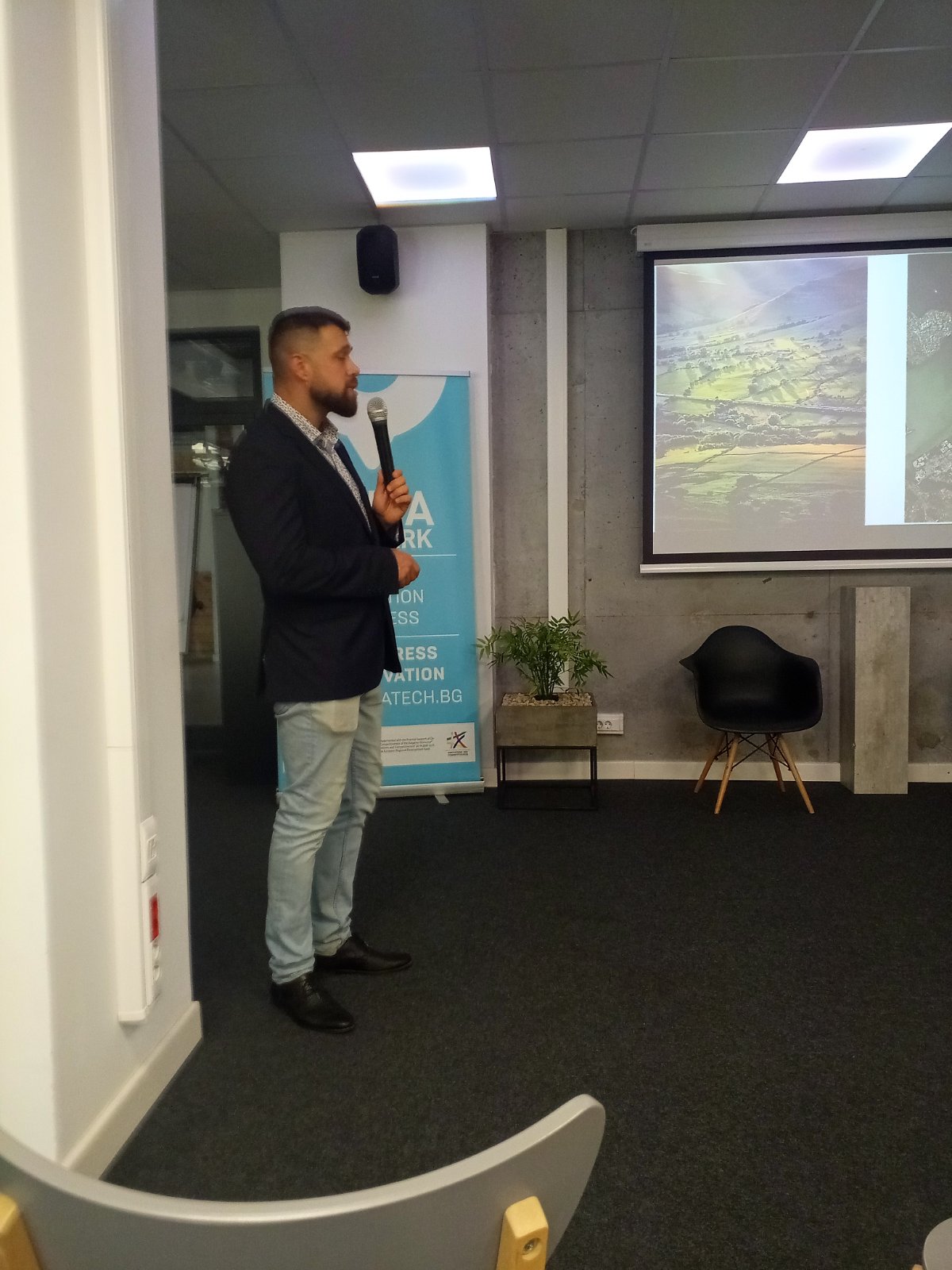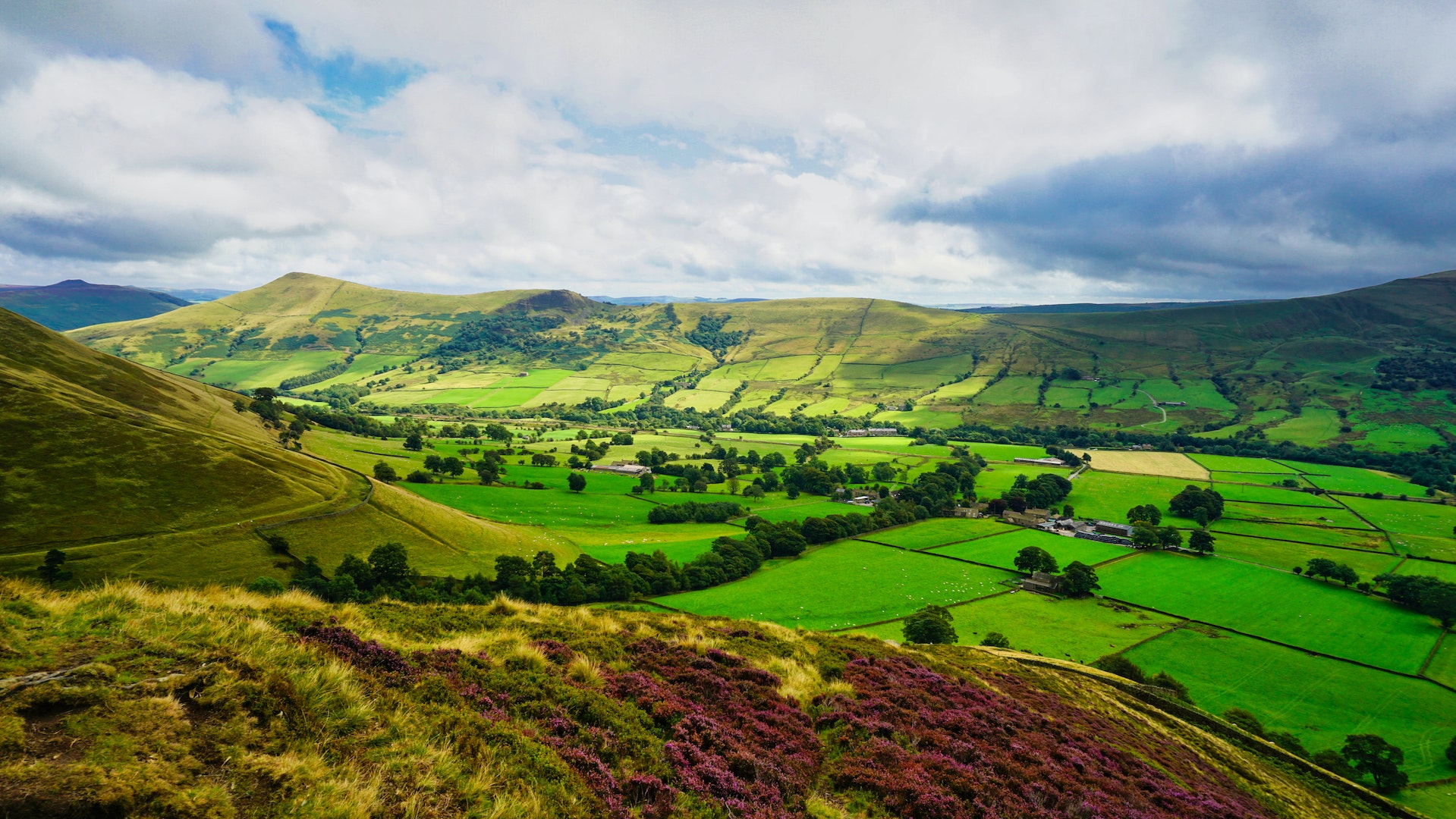Human imprint relates to the process of nature antropogenization, which produces two types of results: an antropogenized environment (influenced by the humans) and antropogenic environment (created by humans). One example of environment created entirely by humans will be land reclaimed from the sea. In reality, our surroundings are almost entirely antropogenized because human interference is ubiquitous. Mines, the wind generators and their surrounding infrastructure, agricultural fields, the road network that impedes animal migration and even grazing lands for domestic animals which prevents the growing of natural vegetation all have an imprint on nature.

In Bulgaria there is barely any territory free of human imprint left. This imprint has various dimensions and the majority of them happen to be in the negative part of the scale. Human activity causes changes to the land surface and relief, modifies substance flows, introduces new plant and animal species that are often invasive to the local habitats. Agricultural areas are themselves a human imprint because they disturb the wild vegetation zones. Wind generators just added to them and despite the invested efforts and implemented innovations, they remain a threat to migrating birds, noted Prof. Dr. Dimitar Zhelev.
The negative impact of cultural landscapes has numerous expressions but perhaps the most prominent among them are tourism and urban thermal pollution. The residents of big cities are becoming the victims of a phenomenon that researchers call an “urban heat island”. Due to the materials used in construction, the excessive construction, lack of green areas and water, the intensity of transport a mini greenhouse effect is produced in big cities, which heats further the urban environment during the hot summer months. The increased temperature accelerates gas processes in the air. This has a negative impact on human health, especially on more vulnerable people but is also connected with significant financial losses. The large resorts featuring excessive construction change the microclimate of the place in turn since the sea breeze cannot penetrate deeper inland.
There is thermal pollution of the Danube River as well, caused above all by the Kozlodui NPP and the inflow of heated water into it. The Nuclear Power Plant is a human imprint on Bulgarian territory that is visible from space. And the Maritsa Iztok mines are in a sense an eco-genocide, meaning the nature components air, soil and water there have been seriously damaged as a result of the activity.
Human imprint with a favourable effect on wild nature does, however, exist. The built dams form wetlands of typical flora and fauna systems that perform the ecological function of a regulator being biologically the most diverse of all ecosystems. The Rozov kladenets dam is interesting from an ecological viewpoint. It is located in one of the most industrialized country regions but is classified as Natura 2000-protected zone. Due to the warm waters released by the thermal power plant activity it has become the place to spend the winter months for many migrating birds and waterfowls, as well as a habitat for biologically active fish. And the Sazlijka River attracts the protected otters.



